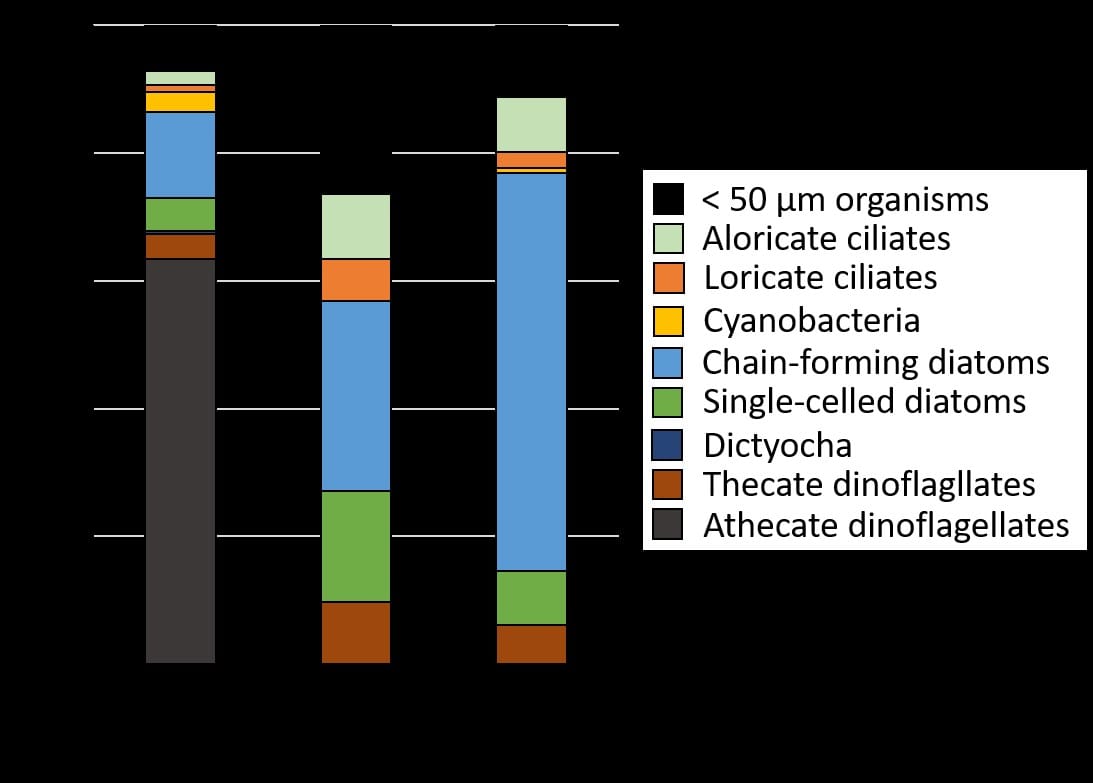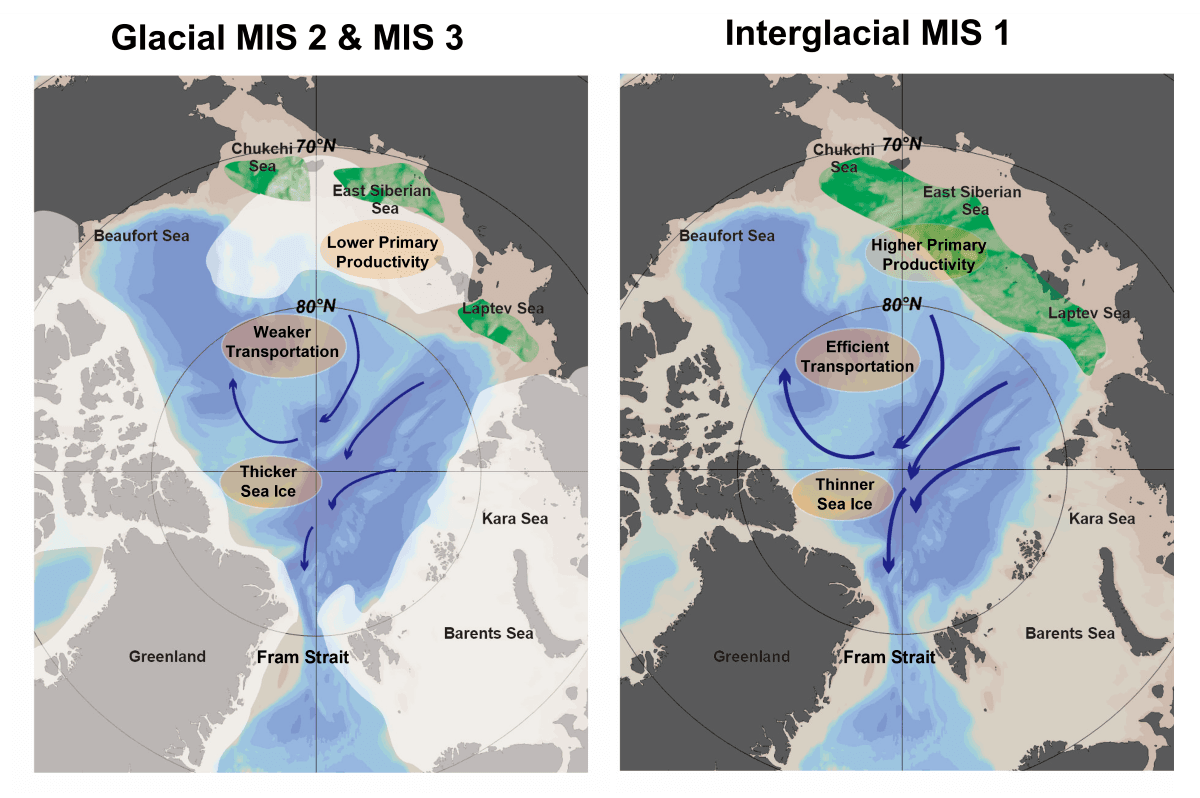Stock assessments that include a spatial component or relate population dynamics to environmental conditions can be considered one way of implementing an ecosystem approach to fisheries. A spatially-structured population dynamics model
that takes account of habitat preference is developed and then applied to Pacific blue marlin (Makaira nigricans), as they prefer certain habitats and migrate seasonally. Results show that blue marlin are more abundant in tropical waters. Assessments that
allow for environmental factors, movement dynamics and sexual dimorphism indicate that this population is in an over-exploited state, with current spawning stock biomass below the level corresponding to maximum sustainable yield (SMSY) and current
fishing mortality exceeding that needed to achieve MSY (FMSY). A risk analysis suggests that the population will remain above SMSY after 20 years if exploitation rates are below the level corresponding to FMSY.

Reference: Su, N.J., Sun, C.L., Punt, A.E., Yeh, S.Z., DiNardo, G. (2012). Incorporating habitat preference into the stock assessment and management of blue marlin (Makaira nigricans) in the Pacific Ocean. Mar. Freshw. Res., 63(7): 565–575.








